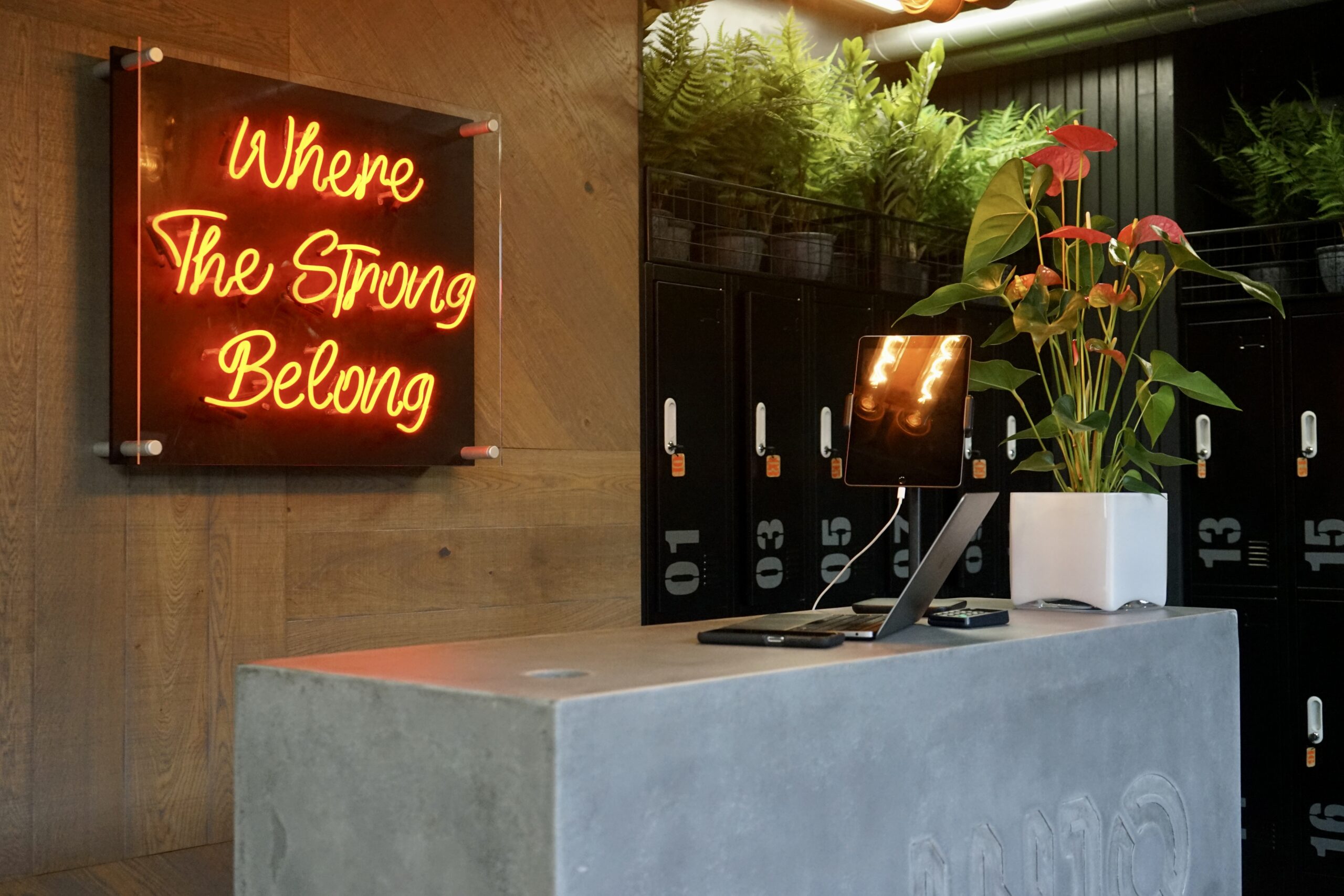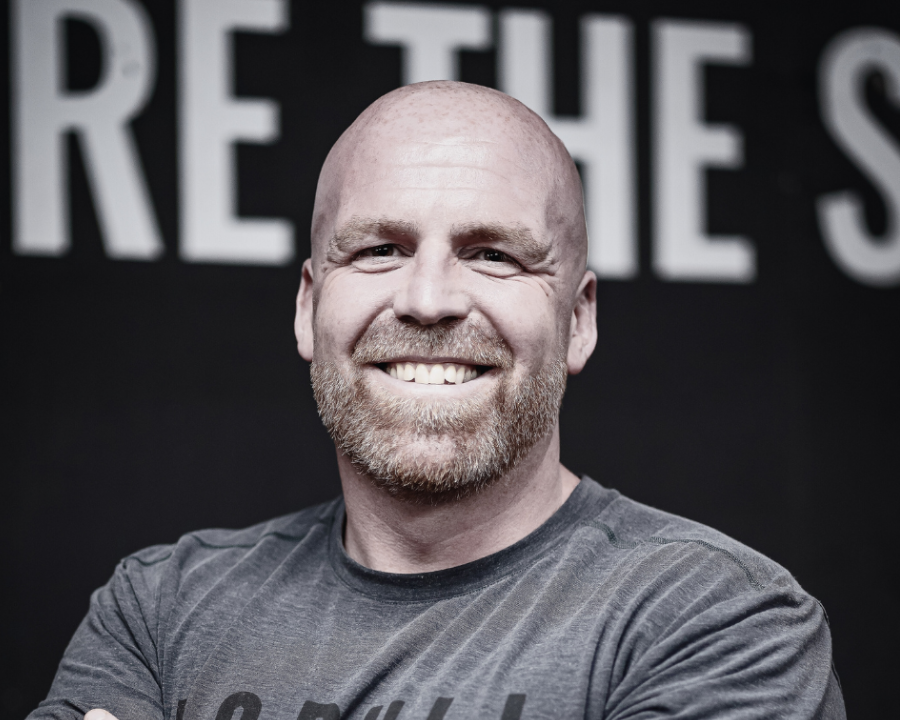The fitness industry is saturated with options.
At one end, you’ve got high-volume, low-cost gyms trying to win on price. At the other, boutique studios chasing aesthetics and experience—often without much to show for it in terms of actual outcomes.
But a growing segment of the market is looking for something more grounded: structured training, real results, and a service that values their time and investment. That’s where the Training Gym sits.
This model doesn’t try to be all things to all people. It’s designed for clients who want more than just access to equipment—and more than a playlist and a mirror. It’s for those who want intelligent programming, expert coaching, and a supportive community, delivered consistently and professionally.
Here’s what defines the Training Gym model.
Client-Centric
The most important quality of a Training Gym is that it puts the client experience at the centre of everything. Before any decision is made—whether it’s about staffing, systems, pricing, or layout—the question is always: how does this improve the experience for the client?
This approach creates a feedback loop. We pay attention to what’s working, do more of it, and fix what isn’t. There’s no need to guess, and no hiding behind branding. If the product’s good, people stay. If it isn’t, they leave. Simple.
High Yield
Traditional gyms operate on a volume game. The more members they sign up, the better—even if most of those members never show up. The goal is low price, high traffic, minimal interaction.
The Training Gym flips this. It’s a low volume, high yield model. We select members carefully to ensure they’re a good fit, then charge a fair (higher) price for a high-quality service. Rather than relying on thousands of members paying very little, we deliver genuine value to a smaller group—and price accordingly.
From there, we offer bolt-on services like nutrition coaching, food and beverage, supplements, apparel, and events. These add both value to the client and revenue to the business. The result is a more profitable, more sustainable model—without the need for constant churn.
Full-Stack
In many budget gyms, members turn up, train, and leave. No one notices. No one cares—unless they’re using the equipment wrong and someone needs to cover liability.
The Training Gym aims for more. We create an experience that adds value to the client’s day. It’s not just a place to tick off a workout—it’s a meaningful part of their routine. A place where they feel known, supported, and engaged. For many members, it becomes a hobby, a social outlet, or a stabilising part of their week.
Low Attrition
High yield + a full-stack, client-centric experience = low attrition. The Training Gyms I work with typically see monthly attrition rates between 2% and 5%. That means members stay longer, and the business doesn’t have to burn time and money on constantly replacing them.
Instead of obsessing over lead generation, we can focus on delivering the best service possible to the people already in the building. That’s where retention really comes from.
High Customer Lifetime Value
With high retention and high yield, your average customer lifetime value (CLV) increases significantly. This is the most important financial metric in the business. It tells you how much each member is worth over the time they stay with you.
Because revenue in this model is typically subscription-based, CLV is often measured in months or years. A strong CLV means you’re retaining members, charging appropriately, and making the most of ancillary revenue streams. It’s a marker of both stability and growth.
Coaching-Led
The “Training” in Training Gym isn’t a branding choice—it’s a reflection of the core product. Members don’t just rent access to equipment. They come for structured, progressive, coached training.
For many operators, this means a Small Group Personal Training (SGPT) model—typically 3 to 10 members coached by a single trainer. It allows for personalisation, progression, and real support—without the cost of 1:1 training. This model is a blog post in and of itself, but it’s worth stating clearly here: coaching is the product.
Results-Based
We’re here to help people get stronger, fitter, healthier—measurably. That means technical competence, sound programming, session quality, and follow-through. It’s not about who sweats the most or which playlist gets the most cheers. It’s about progress, delivered consistently.
Service-Focused
The client-centric mindset applies across the entire service journey—from first contact to lifetime loyalty. It’s in the details: good lighting, clean facilities, quality products in the changing rooms, a personal greeting, and a staff team who notice when you haven’t shown up for a week.
We don’t just benchmark ourselves against other gyms. We look at best-in-class examples from hospitality, travel, and retail to define what premium service really looks like.
Consistently Excellent
This is the part many gyms overlook. You can’t offer a premium service 85% of the time and expect to be trusted. The Training Gym model depends on consistency. Whether it’s a training session, onboarding call, or towel service—everything needs to meet the same high standard every time.
That requires systems. Documented processes. Staff training. Operational clarity. It’s the only way to maintain quality at scale—and the difference between running a business and holding it together with gaffer tape.
Joined-Up
If we want to charge a premium, we need to operate like a premium business. That means joined-up systems, a clear strategy, and internal alignment. Sales, service, delivery, operations, finance—they all need to be pulling in the same direction.
This builds trust, both internally and externally. It signals that the business is professional, competent, and here for the long haul.
Great Value for Money
This isn’t about cheapness. It’s about value. We ask for a financial commitment from our members because the service we offer requires it: employed staff, high-quality facilities, flexible booking, and consistent coaching.
In return, the member gets more than just a place to train. They get a structured, supportive, reliable experience that improves their health, fitness, and quality of life. That’s good value—at any price point.
Safe and Reliable
The structure of the Training Gym model naturally lends itself to control and flexibility. Booking systems manage attendance, capacity stays low, and there’s no peak-time queues for machines. These aren’t just nice extras—they’re part of the design.
Community-Centred
Finally, the Training Gym creates community—not through forced icebreakers, but through structure. Small group personal training fosters relationships. Regular check-ins build trust. Shared experiences, events, and socials offer meaningful connection.
When done right, this turns into a strong, resilient membership base that sticks around not just for the training, but for the culture.
The Training Gym isn’t a trend. It’s a well-built, service-led business model that offers real value to clients and real sustainability for owners. In a market full of under-delivery and over-hype, it’s a model that works—for everyone involved.

